



Crotone fell during the Roman Empire, it rose again in the Byzantine era, when it was the seat of a garrison (548). In 596 it was occupied by the Lombards of the Duchy of Benevento, under which it remained however for a short time.

Archaeological research (2009-2010) in Piazza Villaroja, in the south-western sector of the historic center, directed by Domenico Marino of the Superintendence for Archaeological Heritage of Calabria, has brought to light an early Christian church (perhaps dedicated to St. remains of the city from the imperial Roman age.
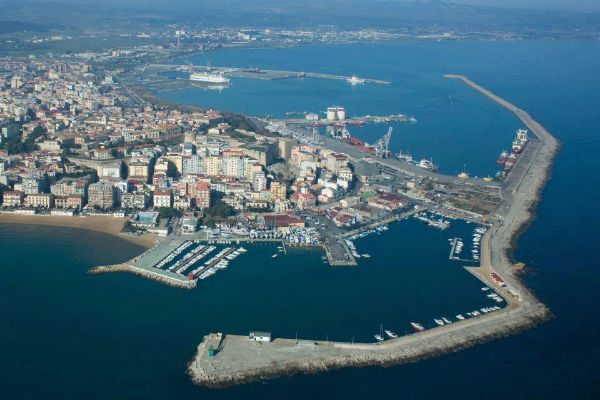
In 1284 it was granted by the Aragonese to the Ruffo di Catanzaro. On the death in 1434 of Don Niccolò, son of Antonello and last Marquis of Crotone, he was succeeded by his daughter Giovannella, murdered in his residence a year later. Then she was succeeded by her sister Enrichetta, who married the Spanish nobleman Don Antonio Centelles, count of Collesano and prince of Santa Severina, without heirs.
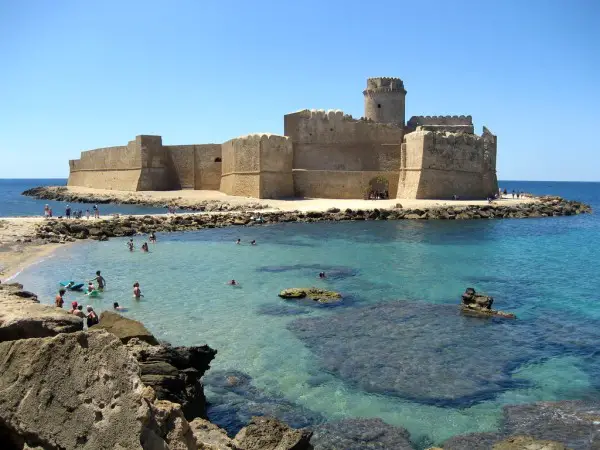
Investigations directed by the Superintendence for Archaeological Heritage of Calabria (2010-2011) in the so-called Orto Candela, at the foot of the "curtain of the critazzo" placed between the bastions of San Giacomo and Santa Caterina, have rediscovered the remains of the Tower of Santa Maria, pertaining to the oldest medieval castle.

The king of Spain Charles V granted it wide privileges, and had the port strengthened. In 1541, the viceroy Don Pedro of Toledo restored and fortified the pre-existing castle, now known as the "Castle of Charles V", with intervention by Gian Giacomo dell'Acaya.
In the 16th century the city was called "Cotrone".
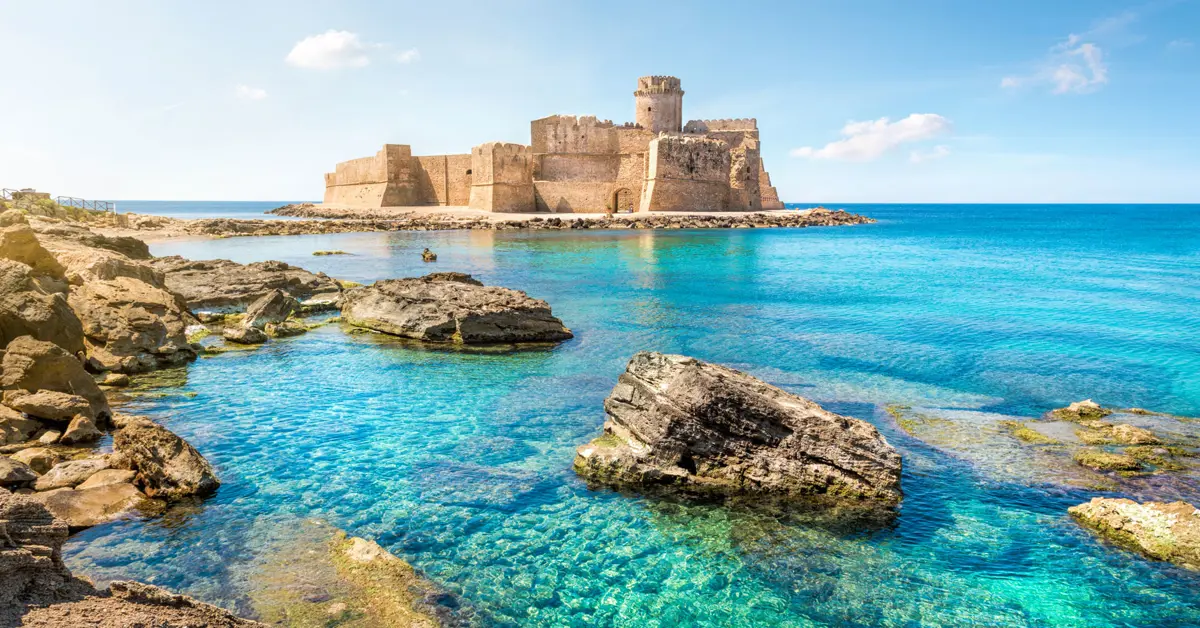
The researches developed by the Superintendence for Archaeological Heritage of Calabria (2010-2011), under the direction of the archaeologist Domenico Marino, are bringing to light notable remains of buildings belonging to the Bourbon period in the so-called Orto Candela, at the foot of the castle.
In 1907 the first Crotone aqueduct was inaugurated, commissioned by Eugenio Filippo Albani, which brings the fresh waters of the Sila to the city, captured by the springs - owned by the municipality - located on Mount Gariglione. Now these springs are dispersed and exploited by unauthorized connections, while in Crotone the water of the Neto river is drunk.
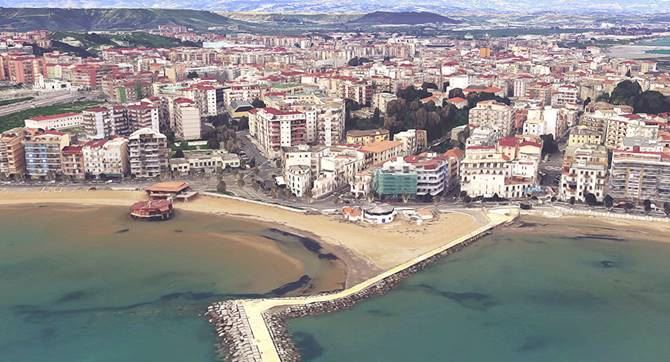
In 1928 the city changed its name from Cotrone to "Crotone".
Its port, which strategically bridges the distances between the nearby ports of Taranto and Messina, favors any exchange activity and is a driving force for the agricultural economy and industrial activities.
The industrial settlement saw the city as a protagonist in the period between the two world wars, also thanks to its proximity to the Calusia hydroelectric plant, near Cotronei. The population of Crotone doubled during the 1930s, reaching over 60,000 inhabitants today. At the end of the eighties the main industries, Pertusola Sud and Montedison, suffered a profound crisis, which affected the entire city. The so-called "night of the fires" dates back to 6 September 1993: during a furious protest the workers set some fires on the asphalt of the streets using the phosphorus produced in the former Montedison chemical plant.
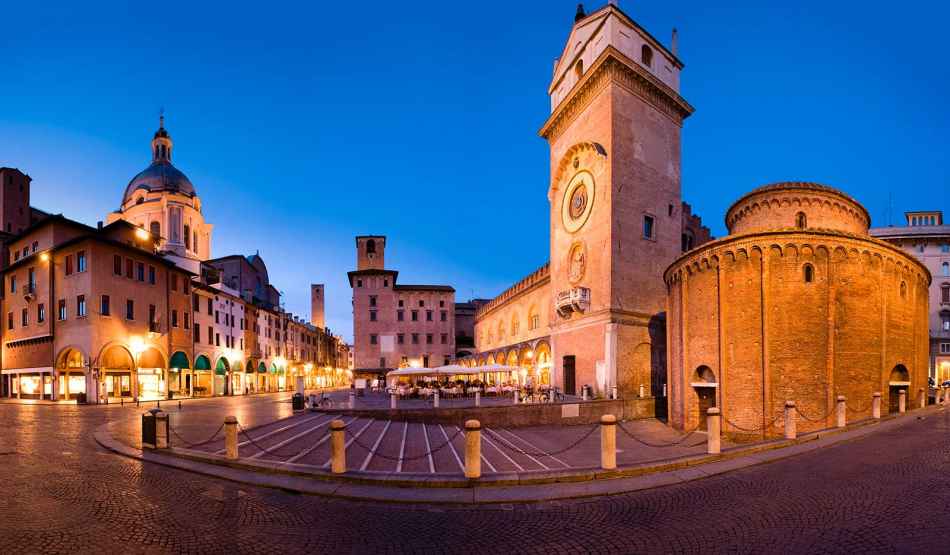
Thousands of Crotone lost their jobs, and this will accentuate the inevitable mass emigration to more prosperous shores. Many promises, many projects, many new organizations and consortia for development but few, very few results and, pending the tourist revival, Crotone became a province in 1992.
Another setback for the city is given by the flood of 1996, which damaged most of the houses close to the Esaro river and killed six human lives and the morale of the city.
Crotone
Address: Piazza della Resistenza 1, 88900 Crotone
Phone: 0962 921111
Site:
http://www.comune.crotone.it/homeLocation inserted by
BBCC